The General Electric BQ23-7 turned out to be an odd diesel that didn’t.
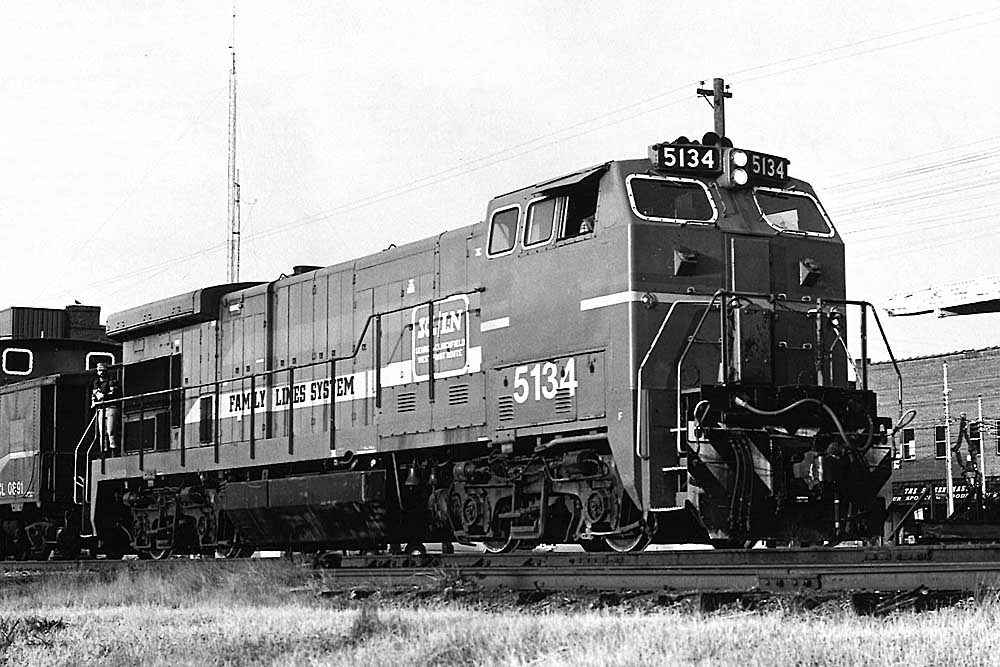
At the dawn of railroads eschewing cabooses as unnecessary expenses, locomotive builders were putting forth ideas to accommodate train crews. One option was the BQ23-7, the Q indicating crew Quarters.
General Electric’s design team took its standard 2,250 hp B23-7 and enlarged the cab area to not only house the traditional front-end crew but everyone that had previously called the caboose their home away from home. Nicknames for the unusual units quickly followed, including hammerheads — after a species of shark — and Aegis cruisers, the later due to their resemblance to U.S. Navy Ticonderoga class warships.
Seaboard Coast Line opted for 10 units starting in October 1978. With a gear ratio of 83:20 and riding on reconditioned EMD Blomberg trucks, the unit’s 12-cylinder 7FDL12 turbocharged prime mover was capable of speeds up to 70 mph. Assigned into the 5130-5139 series, the units were quickly sent to work on locals requiring frequent stops, transfer runs, and other maid-of-all-work assignments throughout the system. By 1983 they were assigned to Hamlet, N.C. (4); Tampa, Fla. (4); and Waycross, Ga. (2).
Scale drawings appeared in the July 1983 issue of Model Railroader.
When SCL was folded into the greater CSX Transportation system, they were renumbered CSXT 3000-3009.
Their success, or lack of it, in the locomotive market can be assessed by the number of other railroads that purchased the model: zero. SCL was the only taker.
By the time CSX Transportation started later in the 1980s, the units had their cab windows plated over and were related to trailing status only, by then carrying 3000-series numbers. At least one unit, No. 3003, even saw use in the 1990s in CSX’s later “Yellow Nose 2” or “Bright Future” paint scheme, albeit with the windows covered.
New industry work rules eventually made the BQs little more than an interesting experiment that ran its course.






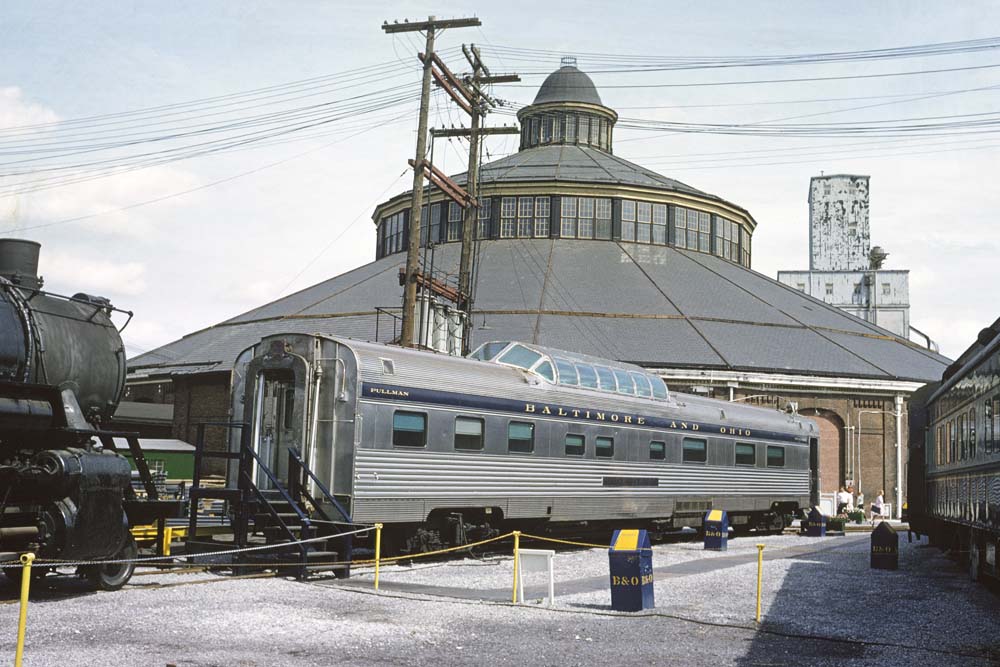
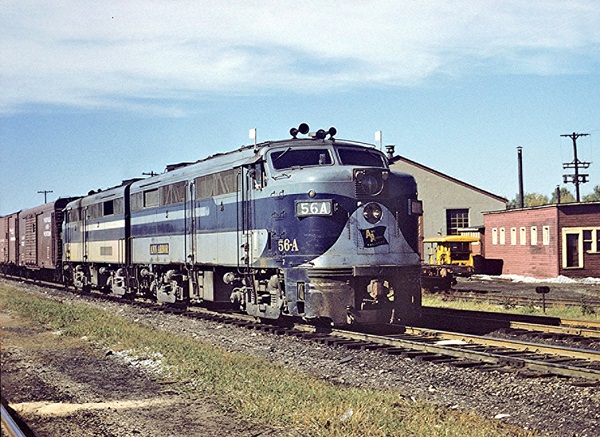

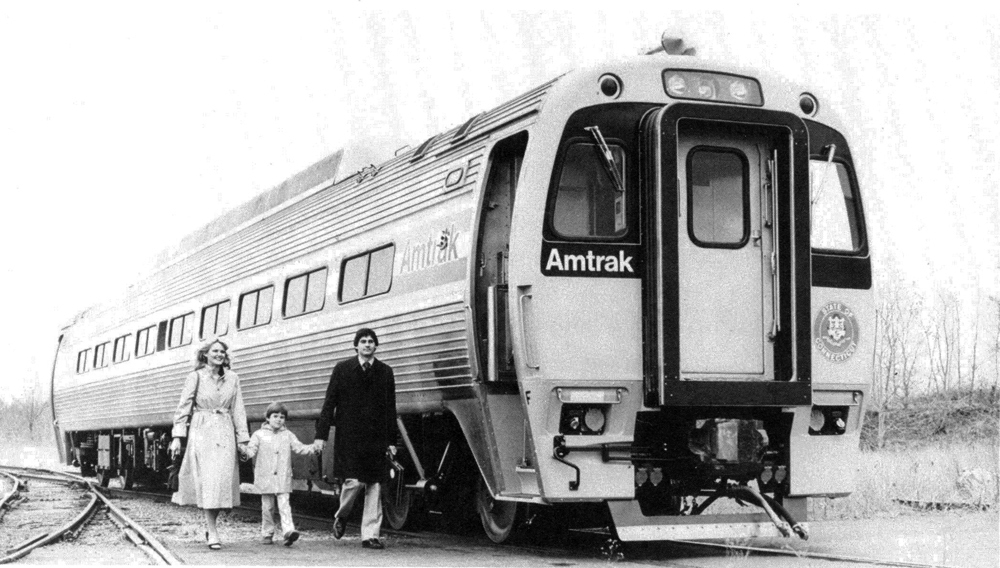


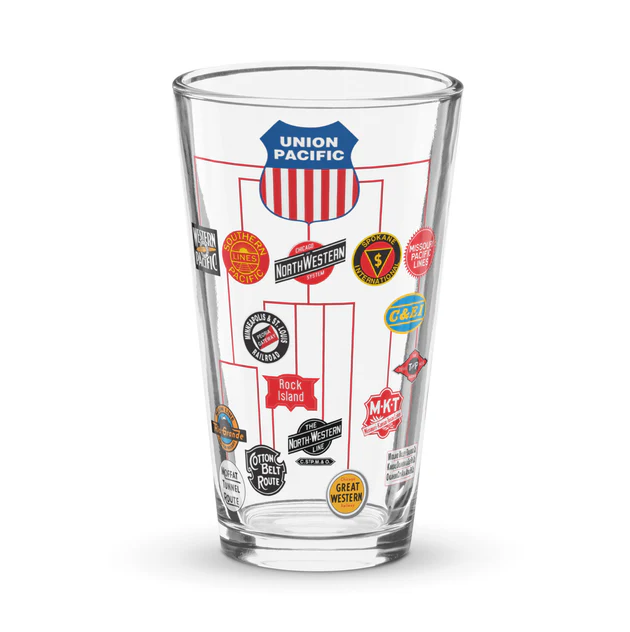
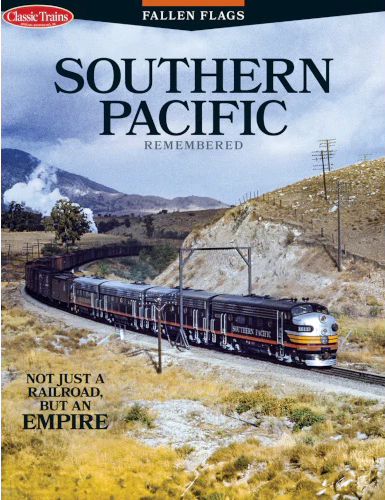
Bradford, no, thankfully none of them survive. For me, and others who had to run them, they are just a bad memory.
Bradley, they were no good for switching (most GEs aren’t because of the slow loading 4-cycle prime mover). You were flying blind most of the time. It was impossible to see anything in front or to the side. A switchman standing on the front steps, close enough to shake hands with you, had to use a radio to communicate with the engineer because they couldn’t see each other. This was just plain dangerous. They were underpowered for through freight, coupled up to SD45s or similar road power power. And the thought of hitting something at speed with the cab just a few feet behind the front coupler was enough to scare anyone to death. The cab itself was so cramped that if you got up out of your seat, employees tripped over each other and their belongings. It was like trying to play soccer in a coat closet. I can’t think of ANY redeeming quality of the BQ23 other than that they were so vocally rejected that no one every tried to duplicate them.
I am wondering if any of these locomotives still survive at all.
This article said they weren’t successful, but my question is why weren’t they successful? was it reliability? Usefulness to crew? What?
Visibility out the cab windows was zilch…no redeeming qualities for this turkey.